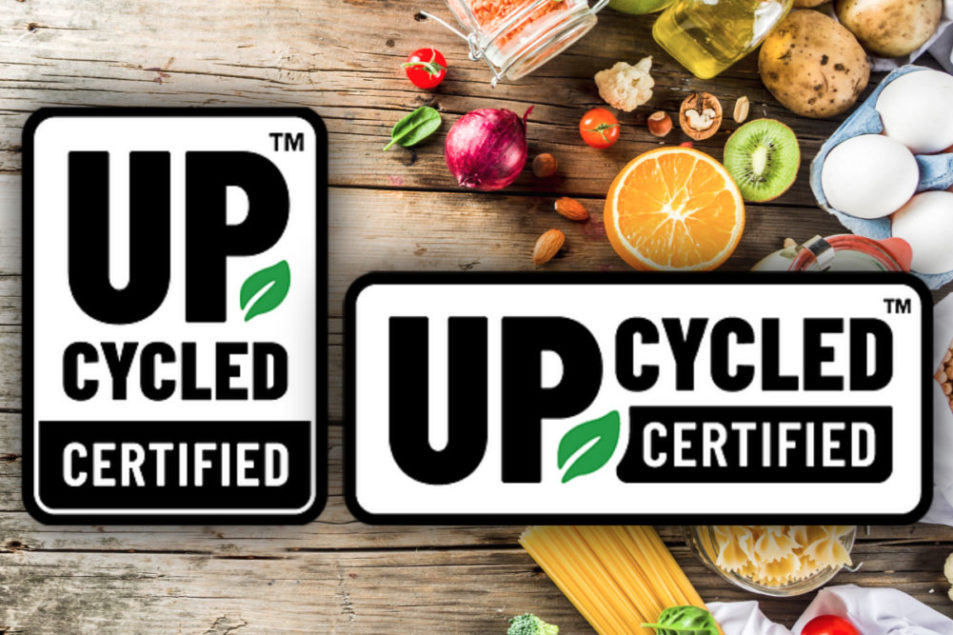Applying for arranging consent frequently brings a feeling of premonition. Heaps of desk work, unwanted administrator, managing specialized language and formality – is it even worth the effort?
It’s no big surprise then that quite possibly of the most often posed inquiry and concerns we hear from individuals considering a conservatory rooftop transformation is whether they need arranging consent.
The straightforward, short response is no – the length of they stay inside the rules. Yet, to respond to this inquiry completely, we want to ask what precisely arranging consent is, and what it involves while changing over your conservatory.
What is Arranging Authorization
While considering a conservatory rooftop substitution, one thing you need to be guaranteed of is that your new construction adjusts to arranging guidelines.
The last thing mortgage holders need while arranging any structure deals with their property is the neighborhood authority requesting that it be pulled down or fixed after it’s done. Also the possible fines and additional costs that might bring about.
That is the reason getting arranging authorization before development is frequently looked for. Not exclusively to ensure the construction is sound and worked to an elevated expectation, yet in addition to stay away from inconvenience later down the line.
Notwithstanding, one thing we can all settle on is that arranging consents can be confusing,especially with regards to centers, sunrooms and orangeries. Fortunately, there’s various manners by which a conservatory can be worked without the need of full arranging consents.
The rules above have facilitated a little lately with the presentation of “Earlier Notice”. Earlier Notice is a lot less complex type of arranging consent and the structures are clear and simple to finish.
This is on the grounds that dissimilar to with full arranging consent, there is no necessity for full structural plans. A framework plan will do the trick and can be downloaded from the web here.
Earlier Warning permits a mortgage holder to extend 4-8 meters into the nursery with a disconnected property, and 3-6 meters for any remaining property types.
In this way, full arranging authorization is presently just expected on single-story augmentations north of 8 meters’ projection for disconnected properties, and more than 6 meters for any remaining properties.
Remember the Structure Guidelines Endorsement While arranging authorizations may not be important for your conservatory rooftop change, one thing is certain — building guidelines endorsement certainly is!
Building guidelines endorsement is a different endorsement process from arranging consents and this can’t be skipped.
Some exploitative conservatory material organizations might let you know that Building Guidelines Endorsement isn’t required for a conservatory rooftop transformation — with the expectation that their sub-par material isn’t found by the LABC.
We are here to let you know that ALL conservatory rooftop transformation projects — regardless of how little or enormous your conservatory material task.
The Gatekeeper Warm Rooftop
Each of the rooftops made by Watchman are completely LABC endorsed. So the cycle for applying for building guidelines endorsement is quick and simple. As a matter of fact, as a mindful conservatory rooftop installer, Ventures 4 Material does the pertinent applications for you.
That removes the pressure and administrator from you, the mortgage holder. Since we have such a lot of involvement managing nearby specialists and working with building guidelines, it’s a good idea for us to deal with it for your benefit.
That passes on you to partake in your new strong rooftop conservatory without stress.
Furthermore, the room under a Watchman Warm Rooftop will feel like an expansion however with much better regular sunshine as you’ll have the option to keep your conservatory windows and entryways.









